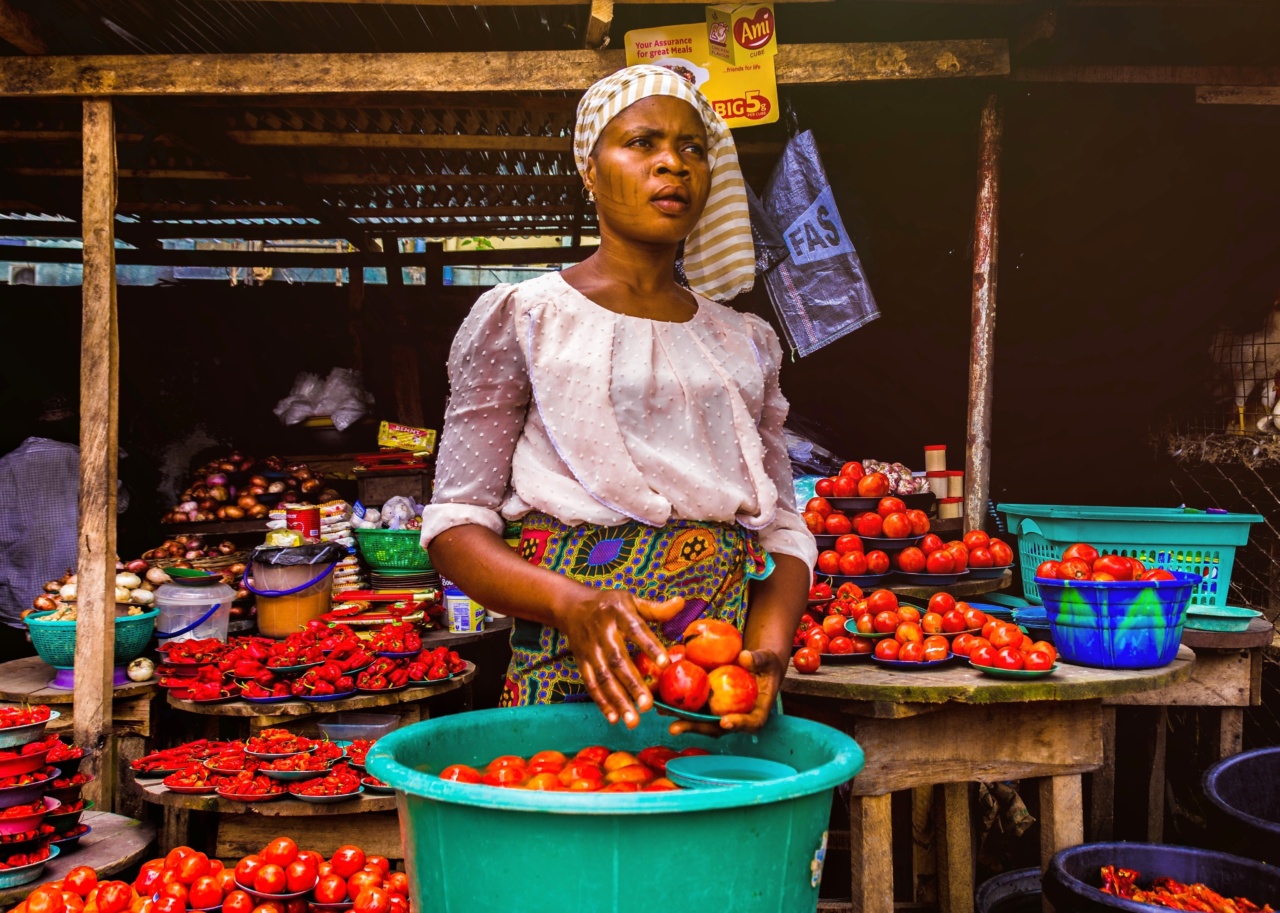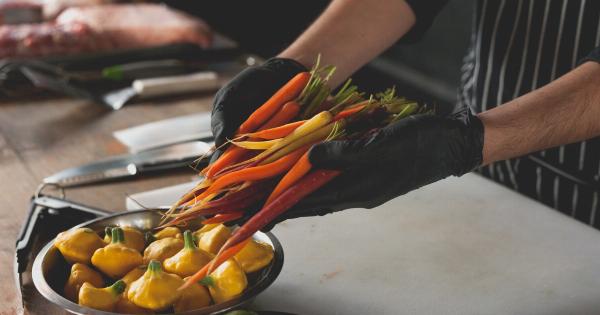Washing fruits and vegetables is an essential step in food preparation that helps remove dirt, bacteria, and pesticides. However, many people are unaware of the proper techniques and methods for washing produce effectively.
In this ultimate guide, we will explore various ways to ensure your fruits and vegetables are clean and safe to consume.
Why is Washing Produce Important?
Washing produce is crucial for multiple reasons. First and foremost, it helps eliminate harmful bacteria, such as E. coli or Salmonella, present on the surface of fruits and vegetables.
Additionally, washing produce removes dirt, residues, and any remaining pesticide residues, making them safer to eat. Lastly, proper washing can improve the overall taste and texture of your produce, enhancing your culinary experience.
Best Washing Practices
Follow these practices to ensure your fruits and vegetables are properly washed:.
1. Start with Clean Hands
Before washing any produce, it is vital to wash your hands thoroughly with soap and warm water. This step prevents the transfer of any dirt or bacteria from your hands to the fruits and vegetables.
2. Handle with Care
Delicate fruits and vegetables, such as berries or leafy greens, should be handled gently to avoid bruising or damaging them. Hold them under running water or immerse them in a bowl while being cautious.
3. Rinse under Running Water
Rinsing produce under running water is one of the most effective methods to remove dirt and bacteria. Hold the fruits or vegetables under a steady stream of cold water and rub gently to remove any contaminants.
Avoid using hot water, as it can cause produce to wilt or become mushy.
4. Use a Produce Brush for Firm Items
Firm produce like root vegetables or melons can benefit from a gentle scrub with a clean produce brush. Scrub the surface of the produce, rinse thoroughly, and pat dry.
Be sure to use a brush specifically designed for produce to avoid cross-contamination.
5. Avoid Soaking
Avoid soaking fruits and vegetables in water for extended periods as it can lead to nutrient loss and make them waterlogged. Brief rinsing is sufficient to remove most contaminants.
6. Pay Attention to Leafy Greens
Leafy greens, such as lettuce or spinach, often have dirt and sand trapped between their leaves. Separate the leaves and rinse each one individually under running water to ensure thorough cleaning.
7. Vinegar Solution for Pesticide Removal
If you are concerned about pesticide residues on your produce, you can create a simple vinegar solution. Mix three parts water to one part white vinegar in a bowl, soak the produce for a few minutes, rinse, and pat dry.
8. Drying After Washing
After rinsing, gently pat dry your fruits and vegetables using a paper towel or a clean cloth. Drying them reduces the moisture that bacteria need to thrive and increases their shelf life.
9. Special Considerations for Organic Produce
Organic produce can still harbor bacteria and dirt, so it is crucial to wash them as thoroughly as conventionally grown produce. While organic farming practices eliminate the use of synthetic pesticides, they are not completely free from risks.
10. Peeling and Discarding Outer Leaves
Peeling certain fruits and vegetables can further reduce the risk of consuming contaminants. For example, cucumbers, potatoes, or apples can be peeled to remove any pesticide residues or wax.
Similarly, discarding the outer leaves of leafy greens can eliminate potential contaminants.
Cleaning Specific Fruits and Vegetables
Various fruits and vegetables require special cleaning techniques. Let’s explore some of the most common produce items and the appropriate way to clean them:.
1. Apples
Apples should be rinsed under running water, ensuring all surfaces are clean. Using a produce brush is also beneficial to remove any wax residues.
2. Berries
Berries are delicate and require a gentle touch. Rinse them briefly under running water, being careful not to damage their delicate skin.
3. Leafy Greens
Leafy greens, such as lettuce or spinach, need individual leaf cleaning. Rinse each leaf under running water, or use a salad spinner for convenience.
4. Tomatoes
Rinse tomatoes under running water and gently rub the surface to remove any dirt or pesticide residues.
5. Root Vegetables
Root vegetables like carrots or potatoes should be scrubbed with a clean produce brush to remove dirt. Rinse them under running water to eliminate any remaining debris.
Conclusion
Properly washing fruits and vegetables is crucial to ensure food safety and remove contaminants. By following the guidelines outlined in this ultimate guide, you can enjoy clean, safe, and delicious produce.
Remember to always wash your hands, handle produce with care, and rinse under running water for the best results.



























